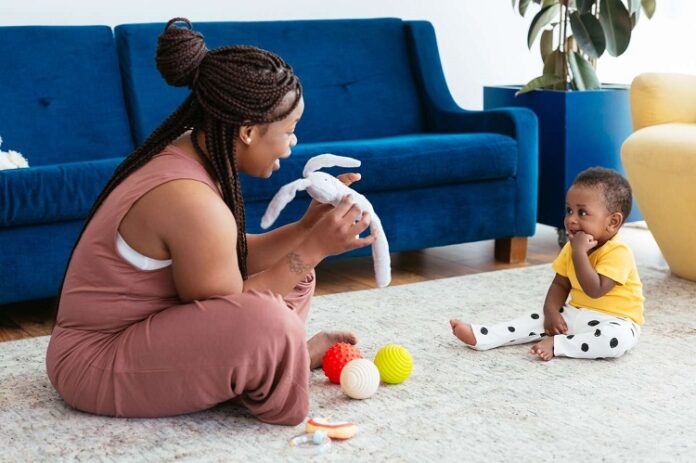There’s nothing more satisfying than the excitement on your child’s face when they open a thoughtful gift. A new toy can bring your child countless happy memories and create bonding moments for your entire family. Of course, when deciding to give your child a new toy as a gift, it’s important to keep safety in mind at all times. In this article, we discuss potential safety hazards that can harm a child and how to avoid them.
Table of Contents
Choking Hazards Are A Serious Threat
Younger children tend to explore the world through their mouths, which can sometimes result in them chewing on or swallowing things that they really shouldn’t. Items like button batteries, marbles, beads, and detachable toy accessories can block your child’s airway and cause them to choke. For young children, we suggest avoiding toys with detachable pieces that are smaller than a child’s fists. When your child is assembling or playing with their toys, make sure you or another responsible adult is supervising them. If your child is harmed by a defective or dangerous item, a personal injury lawyer in San Antonio may be able to help.
Sharp Edges and Points Should Be Avoided
Toys with exposed metal parts, sharp plastic edges, or pointed pieces can cause serious injuries when misused. Your child or someone else can suffer cuts, scrapes, or punctures. Selecting toys with smooth, rounded features made from safe materials like wood or soft plastic goes a long way towards keeping your child safe. Make sure a toy’s manufacturers have historically adhered to stringent safety standards when it comes to toy designs and creation.
Projectiles Can Pose a Serious Danger
Toys that launch projectiles, such as darts, rockets, or water guns, can cause head or eye injuries if not used safely. Addressing this risk involves choosing age-appropriate toys equipped with soft projectiles and emphasizing the importance of safe recreational play.
Appropriate supervision during playtime is essential to make sure that children use their toys responsibly. If you notice unsafe behaviors, gently explain to your child why what they are doing is dangerous. Manufacturers and parents alike play pivotal roles in fostering responsible play and a culture of injury prevention.
Toxic Materials
Certain toys, such as those imported from countries with lax safety regulations, may contain harmful chemicals like lead, phthalates, or BPA. Look for toys with certifications like CPSC-approved or ASTM F963 to ensure compliance with safety standards and reduce the risk of chemical exposure.
Loud Toys Test Everyone’s Sanity
The impact of extremely loud toys on children’s developing hearing cannot be overstated. Exposure to excessive noise levels poses a risk of hearing damage. Parents must prioritize toys with volume controls or explore quieter alternatives to protect their child’s auditory health. At the same time, parents probably don’t want to be subjected to an ear-splitting din every time their child plays either! Be mindful of the potential impact of a new toy on your household’s noise levels.
Magnetic Mayhem
Small, powerful magnets in some toys raise concerns about potential internal injuries if ingested. To prevent such hazards, avoid magnetic toys for younger children and closely supervise older children playing with them. Swallowing a magnet can be very dangerous, especially if a child accidentally ingests other items with traces of metal in them. Swallowing multiple magnets should be considered an urgent medical emergency.
Batteries Can Be Deadly if Swallowed
Button batteries and lithium coin batteries can be toxic if swallowed. In some cases, a swallowed battery may cause no adverse effects. In other situations, a swallowed battery can burn through a child’s esophagus, causing serious health problems or even death. Keep batteries out of reach and secure battery compartments on toys with screws or child-proof latches.
Long Cords Can Pose an Entanglement Hazard
Long cords on toys can become entanglement hazards, leading to strangulation or tripping. Choose toys with short cords or cordless options where possible. Supervise playtime and teach children never to put cords around their necks or play near outlets.
Helping Your Children Play Safely
Choosing safe toys is the first step to protecting your child. Always supervise children during playtime, regardless of how safe you think a toy is. Teach children basic safety rules, like not putting toy parts in their mouth or throwing toys at other people. Inspect toys for wear and tear periodically and discard any damaged or broken items immediately. Vigilance and informed decision-making can ensure that playtime remains a joyous, accident-free experience for your little ones.




